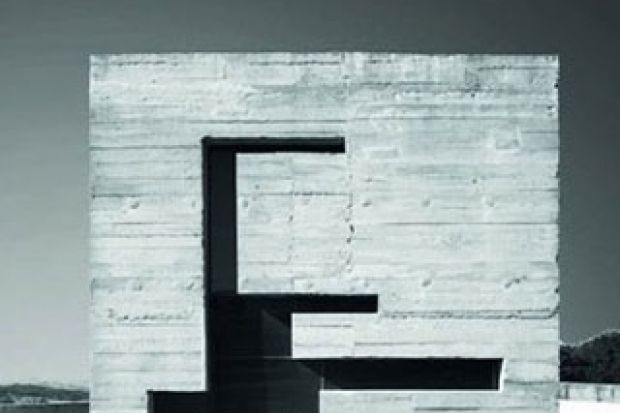As Alexander Tzonis comments in the preface to his 2001 book, Le Corbusier: The Poetics of Machine and Metaphor: “Books and articles on Le Corbusier are a real industry. Given the quantity and unequal quality of this huge production, becoming acquainted with his work becomes increasingly difficult.” Indeed, among the wealth of publications on Le Corbusier, what in his distinctive architectural career has not yet been covered? And what is new and original in this book?
Its unique strength lies in its co-authorship by Flora Samuel and Inge Linder-Gaillard, architect and art historian, respectively, both with a strong interest in the subject matter. This joint authorship convincingly explores the tense political relationship between Le Corbusier’s view of religion and that of the Church, as manifested in his radical sacred architecture and the work of other architects who drew inspiration from it.
Fragmented research on Le Corbusier’s religious belief and the architecture of his sacred buildings can be found in a number of books written by well-known academics in the field; however, this is the first comprehensive scholarly work dedicated to his religious projects, built and unbuilt, and their social, theological and political contexts. Extensive and original research into the roots of Le Corbusier’s sacred ideals and the architectural merits of the associated built forms makes this book useful and highly relevant.
The authors invite the readers to take part in a historical journey, through the development and upheavals in the Catholic Church in the early 20th century, with particular emphasis on events in France. The key concerns of Le Corbusier’s sacred architecture in terms of the modernisation of the Church and society; the application of the ethical, philosophical and theological notions of simplicity, poverty and truth in church design; the role of the interplay between space and light as well as the processional route; and the role of art and artists at the service of the Church are all well explained. This is followed by an investigation of the evolution of Le Corbusier’s thinking on religion, from his early upbringing through his spiritual incubation in Paris in the early 20th century and his final maturity.
Arguably the most interesting part of this work is the structured approach it takes in presenting detailed case studies of the Basilica at La Sainte Baume, the chapel of Notre Dame du Haut at Ronchamp, the Monastery of Sainte Marie de la Tourette and the Church of Saint Pierre at Firminy – this last one completed more than 40 years after Le Corbusier’s death by the French architect José Oubrerie, who was his student for many years. Some original research materials on these projects’ history and background, architectural journeys and spatial orchestration make useful contributions to the better understanding of Le Corbusier’s sacred architecture.
The concluding chapter highlights Le Corbusier’s influence on church architecture in the latter part of the 20th century; here, the authors succinctly analyse how his religious structures have inspired the design of sacred buildings by Paul Virilio and Claude Parent, Richard Meier, Steven Holl, Álvaro Siza, Tadao Ando, Estudio Sancho-Madridejos (S-M.A.O.) and Reitermann and Sassenroth.
Sacred Concrete is a well-composed study of Le Corbusier’s religious thinking and architecture with interesting and informative commentary on his work’s history, precedents, structures, both realised and unrealised during his lifetime, and built works by other architects that were inspired by his work. Collectively, they breathe new life and meaning into the sacred realm of Le Corbusier.
Sacred Concrete: The Churches of Le Corbusier
By Flora Samuel and Inge Linder-Gaillard
Birkhauser, 232pp, £60.00
ISBN 9783034608237
Published 26 March 2013
Register to continue
Why register?
- Registration is free and only takes a moment
- Once registered, you can read 3 articles a month
- Sign up for our newsletter
Subscribe
Or subscribe for unlimited access to:
- Unlimited access to news, views, insights & reviews
- Digital editions
- Digital access to THE’s university and college rankings analysis
Already registered or a current subscriber?




